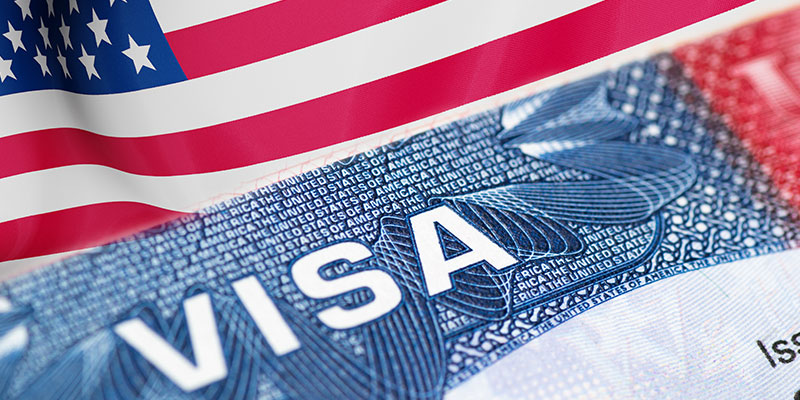
Here is a gist of what you will find in this article:
The H1B and J-1 visas are aimed at allowing non-immigrants to live and work in the US temporarily. There are a lot of differences between the two visa categories, the most important being that the J-1 is program-based and offers a limited list of qualifying occupations. The H1B, on the other hand, works under employer sponsorship and has a larger list of qualifying jobs.
Comparing both visas is even more crucial if you are planning on transitioning from J1 and H1B Visa.
Let's take a closer look at the similarities and differences between the two visas.
The H1B
The H1B is a nonimmigrant visa that allows companies to temporarily hire foreign workers for specialty occupations in IT, engineering, mathematics, medicine, accounting, finance, architecture, and similar fields that need a bachelor's degree or higher qualification. The H1B is valid for an initial period of three years, after which it can be extended for a further three years, or more if the applicant has a pending petition for their green card approval. With the H1B status, the primary applicant can bring their dependents to the US on the H4 status.
The J1 Visa
The J-1 visa is a visa for nonimmigrants who wish to come as exchange visitors to the US. It is issued by the Bureau of Educational and Cultural Affairs at the Department of State, for the purpose of cultural and educational programs. With this visa, the holder can take part in pre-approved programs as a teacher, lecturer or instructor, researcher, student, observer, specialist, trainee, consulting expert, or someone receiving graduate training or education in medicine. The spouse and minor children of a J-1 visa holder can come to the US on a J2 visa.
The validity period of the J-1 visa status allowed is dependent on the Visitor Exchange Program that the visa has been approved for. Some of the common ones are:
Also read: The Complete Guide to Change of Status for H1B Visa
Here is a comparison chart detailing the similarities and differences in the H1B and J1 visas in more detail:
| H1B | J1 | |
|---|---|---|
| Intended for |
|
|
| Requirement of job |
|
|
| Validity |
|
|
| Funding Sources |
|
|
| Possibility of opportunity to find employment or consultation,or lecture rights with other employers |
|
|
| Family--Possibility of Work |
|
|
| Maximum grace period allowed on visa expiry |
|
|
| Future prospects |
|
|
| Educational Qualifications |
|
|
| Work Qualification |
|
|
| Possibility of transfer of sponsor |
|
|
| Home residency requirement |
|
|
| Length of lead time (the time between submission and final decision) |
|
|
| Processing Times for COS (from within the U.S.) |
|
|
| Extension Processing Times |
|
|
| Time taken to process transfer (Regular Procedure) |
|
|
| Fees associated |
|
|
| Possibility for becoming immigrants |
|
|
The table above clearly shows the differences between H1B and the J1 visas. With all the information laid out, you can decide on the best option for you. Visit Techfetch H1B for more information about starting your H1B visa journey in the US.
**Disclaimer: All H1B processes are subject to change. Please refer to the USCIS' official website for the latest updates.